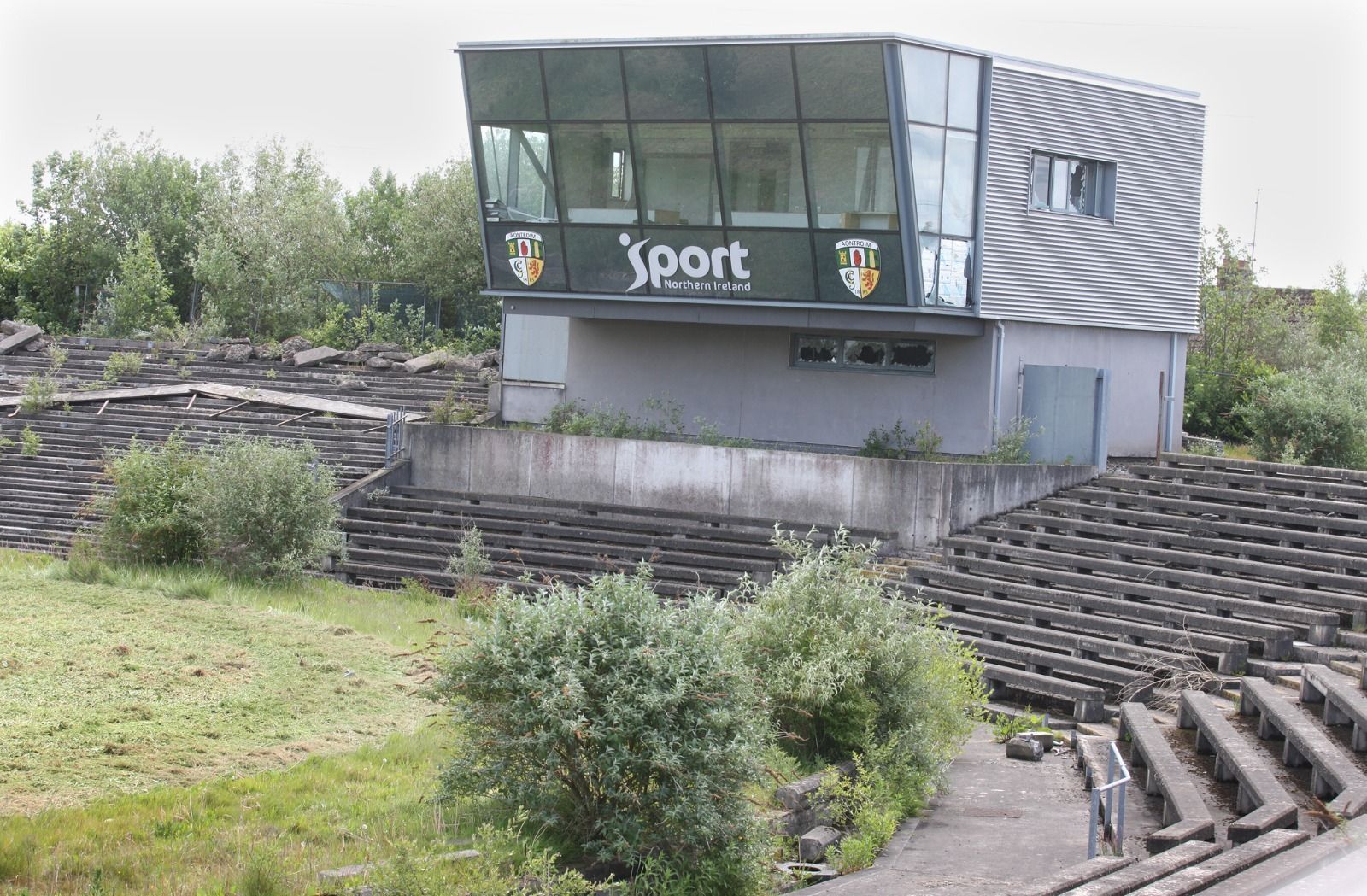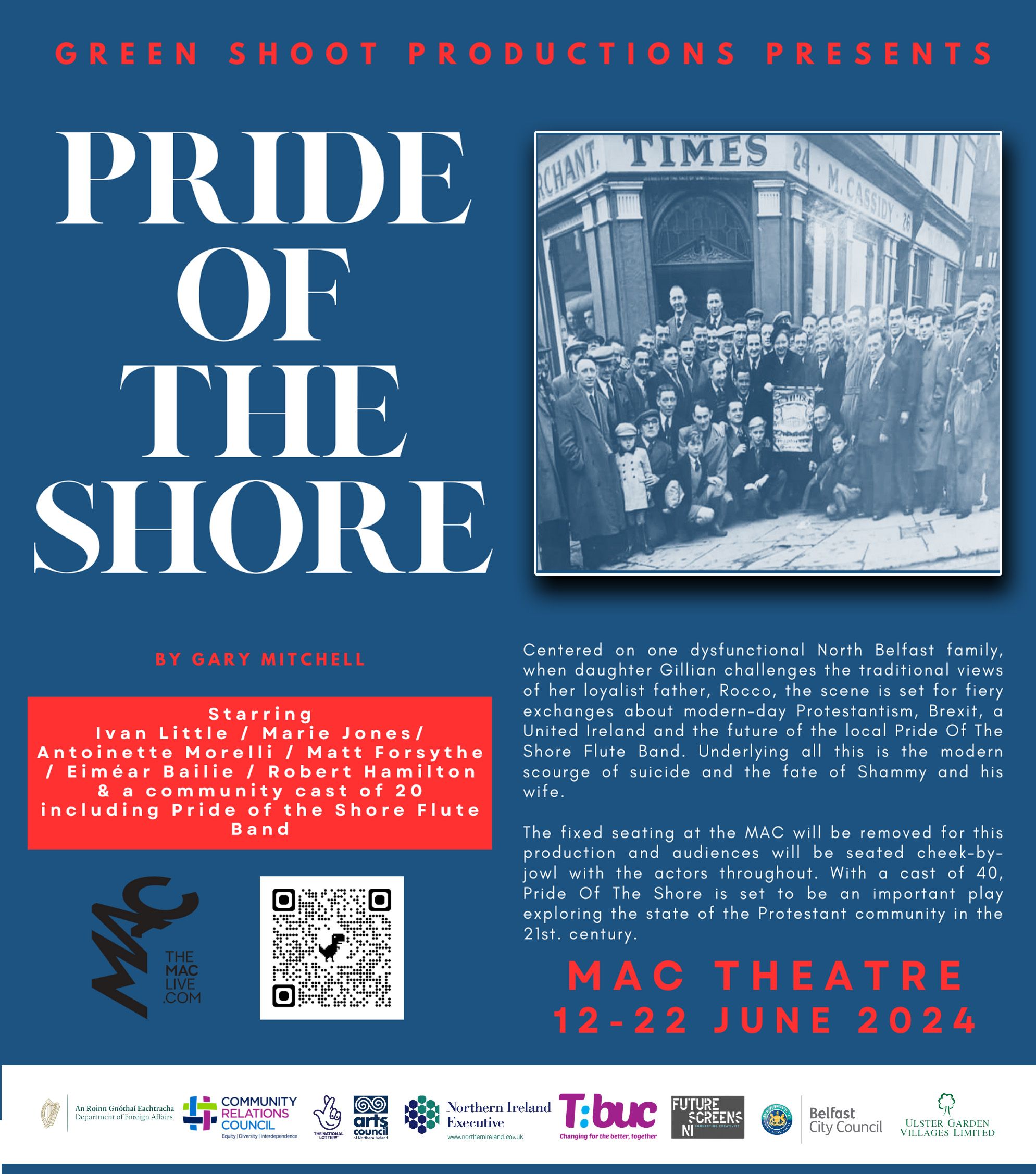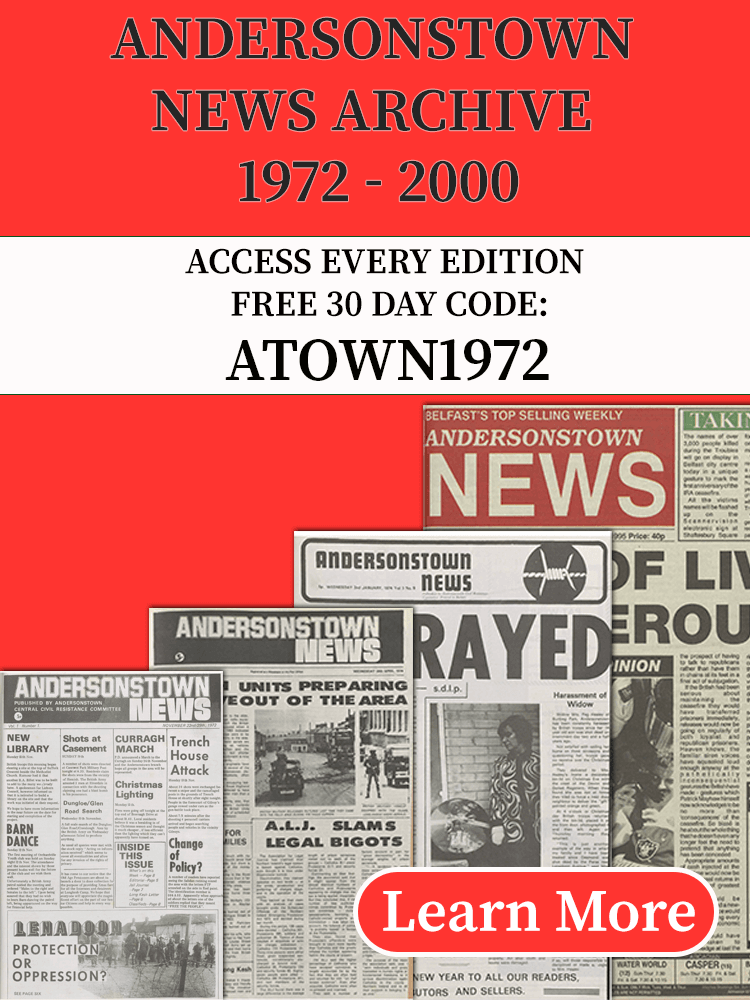I MAY have mentioned this before, but when I die I want my ashes sprinkled on Black Mountain, Dún Chaoin and on Hill 16.
I don’t necessarily know the legality of bringing human ashes to the Hill, but I far prefer the idea of my family having to do nuisance mayhem than solemn goodbyes.
Croke Park has seen me risen on to shoulders in sing-songs, roaring obscenities at Donegal tactics and crying with joy at a goalkeeper scoring he last point of the game. When my children with broad Belfast accents sing “Hill 16 is Dublin only,” my heart fills with pride, laughter and joy to the point that if I was to start bleeding in that moment it would run sky blue and navy.
Dubliners love Croke Park. It is not just a sporting venue. It is part of our soul. We made up legends about the Hill being built from the rubble of the Rising. We buried the children and women slaughtered on the first Bloody Sunday. We have our best days and our most frustrating days and always our most proud days walking in from Clonliffe Road and singing all the way back to Ballybough.
Belfast people speak of Casement Park in similar ways. My wonderful mother-in-law speaks of the days she was in school in the changing rooms there. My dear friends will recount the moments of resistance and commemoration which centred on that space. Most of all we will hear of the glory days of the giants of Antrim hurling and football that emerged, despite the provocation and attempts to render our national sports invisible.
Bricks, mortar, or patches of green field never capture or redress any of that, but they can become sites for our future intent. The GAA is not a political organisation. But it is our Irish national sporting iconoclast. It is the symbol of the defeat of penal laws and attempts to wipe out our Irish identity and culture. Most of all, like Ireland itself, the GAA symbolises the constant reframing of Irish identity into its most positive and inclusive self by embracing all traditions, religions and backgrounds.
But it is a partitioned experience too. When Sean Brown was killed by loyalists while locking up Wolfe Tones CLG in Bellaghy in 1997 the GAA was being referred to as a “pan-nationalist front” and its members as “legitimate” targets. That we now know that those involved in the killing were all British state agents from across the region tells us what the British state thought of the GAA too.
The Brown family is fighting tooth and nail for glimmers of truth from a British government hell-bent on hiding their role in the conflict. They do so with the support of the GAA and the Irish people. But the Browns are not on their own. Many families of Gaels live without truth or justice. Those families need the support of the entire GAA to defeat the forces weighted against them.
While wranglings about Casement Park pretend they are fiscal, we all know it is about the attitude of the British government and unionism to Irish citizens, our lives and our identity.
We are collectively owed a debt from the British government and it is far more than the cost of building Casement Park.
But that would be a start.









